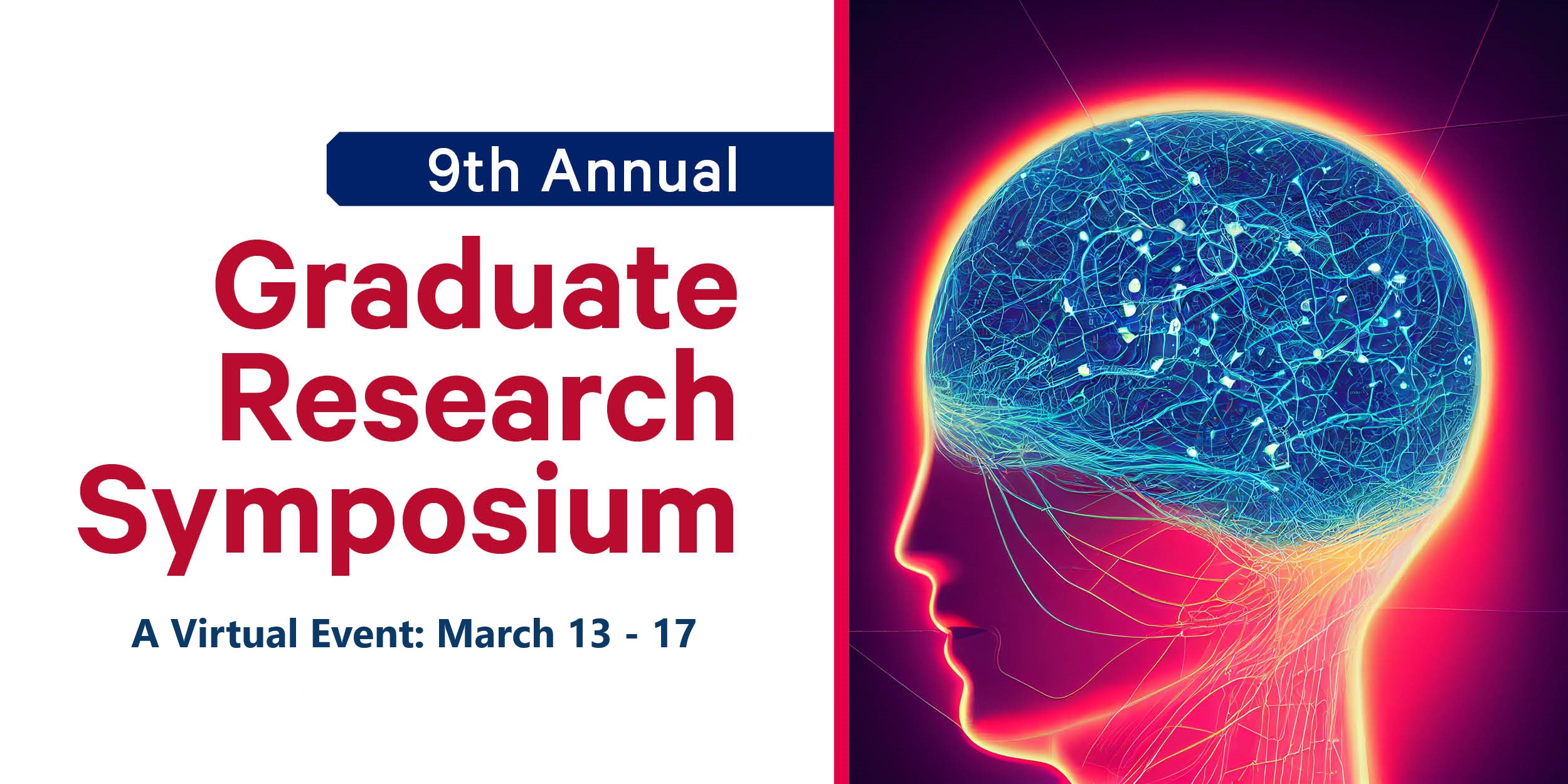Presenter Information
Gabriela Sánchez
Philosophy Department
Duquesne University
Abstract
There are places where individuals may feel more ‘at home’ in than others. Home is often this place for people; both meaningful and familiar, with a sense of belonging. Often, there are other places that make, or have made, one feel uncomfortable or alienated: like a turn down an unfamiliar dark street or waiting in an airport terminal line. Then, there are places that may just feel indifferent; neither comfortable nor alienating, somewhat unimportant: like driving down the road to a frequent grocer. A subject experiences places and objects in context: in relation to meaning, familiarity, or alienation and in relation to many other factors. Sometimes, in English, we even say that places or particular objects composing, or existing in, those places ‘speak to us’ or ‘move us’ in one way or another. What is meant by those phrases and how can objects seemingly interact with subjects to the extent where they can influence subjects?
I argue that Husserlian phenomenology can help us understand how material objects, and their contextual environment, become meaningful through a correlational account of judgement and value-noema. Further, I claim that objects themselves affect structures of consciousness by pulling the regard of subjects according to particular constructions of the noetic-noematic strata. For the sake of this investigation, I postulate that the noema of valuable experiences of belonging are prioritized over meaninglessness and alienation and that objects can possibly affect these experiences.
Through my work, I attempt to give a few examples of noematic differences towards a singular noematic correlate, noematic variation, and how an object can determine, to some degree, what noematic content is prioritized over another.
Material objects seem to be able to affect structures of consciousness.
Thus, noemas, like a judgement-noema of alienation can be altered and mitigated, to some limited degree, by the presence of some material object. Through changes in an object that take an individual or group’s noematic variances in to account - changes that acknowledge and represent variances of value-judgment-noeses-noema - more diversely hospitable environments can be created.
This analysis can be employed on behalf of persons that objects in the built-environment assume whose structures of consciousness are constituted otherwise - this may pertain to migrants, refugees, veterans, gender & racial marginalizations, persons with disabilities, and psychosomatic variations. This account provides a direction to further investigate how the material world can be affected so that valuable, meaningful experiences and judgments of belonging, instead of alienation, can be prioritized in noetic-noematic strata for all persons.
School
McAnulty College and Graduate School of Liberal Arts
Advisor
Lanei Rodemeyer
Submission Type
Paper
Publication Date
March 2023
Included in
A Peculiar Home: A Phenomenology of Place
There are places where individuals may feel more ‘at home’ in than others. Home is often this place for people; both meaningful and familiar, with a sense of belonging. Often, there are other places that make, or have made, one feel uncomfortable or alienated: like a turn down an unfamiliar dark street or waiting in an airport terminal line. Then, there are places that may just feel indifferent; neither comfortable nor alienating, somewhat unimportant: like driving down the road to a frequent grocer. A subject experiences places and objects in context: in relation to meaning, familiarity, or alienation and in relation to many other factors. Sometimes, in English, we even say that places or particular objects composing, or existing in, those places ‘speak to us’ or ‘move us’ in one way or another. What is meant by those phrases and how can objects seemingly interact with subjects to the extent where they can influence subjects?
I argue that Husserlian phenomenology can help us understand how material objects, and their contextual environment, become meaningful through a correlational account of judgement and value-noema. Further, I claim that objects themselves affect structures of consciousness by pulling the regard of subjects according to particular constructions of the noetic-noematic strata. For the sake of this investigation, I postulate that the noema of valuable experiences of belonging are prioritized over meaninglessness and alienation and that objects can possibly affect these experiences.
Through my work, I attempt to give a few examples of noematic differences towards a singular noematic correlate, noematic variation, and how an object can determine, to some degree, what noematic content is prioritized over another.
Material objects seem to be able to affect structures of consciousness.
Thus, noemas, like a judgement-noema of alienation can be altered and mitigated, to some limited degree, by the presence of some material object. Through changes in an object that take an individual or group’s noematic variances in to account - changes that acknowledge and represent variances of value-judgment-noeses-noema - more diversely hospitable environments can be created.
This analysis can be employed on behalf of persons that objects in the built-environment assume whose structures of consciousness are constituted otherwise - this may pertain to migrants, refugees, veterans, gender & racial marginalizations, persons with disabilities, and psychosomatic variations. This account provides a direction to further investigate how the material world can be affected so that valuable, meaningful experiences and judgments of belonging, instead of alienation, can be prioritized in noetic-noematic strata for all persons.

